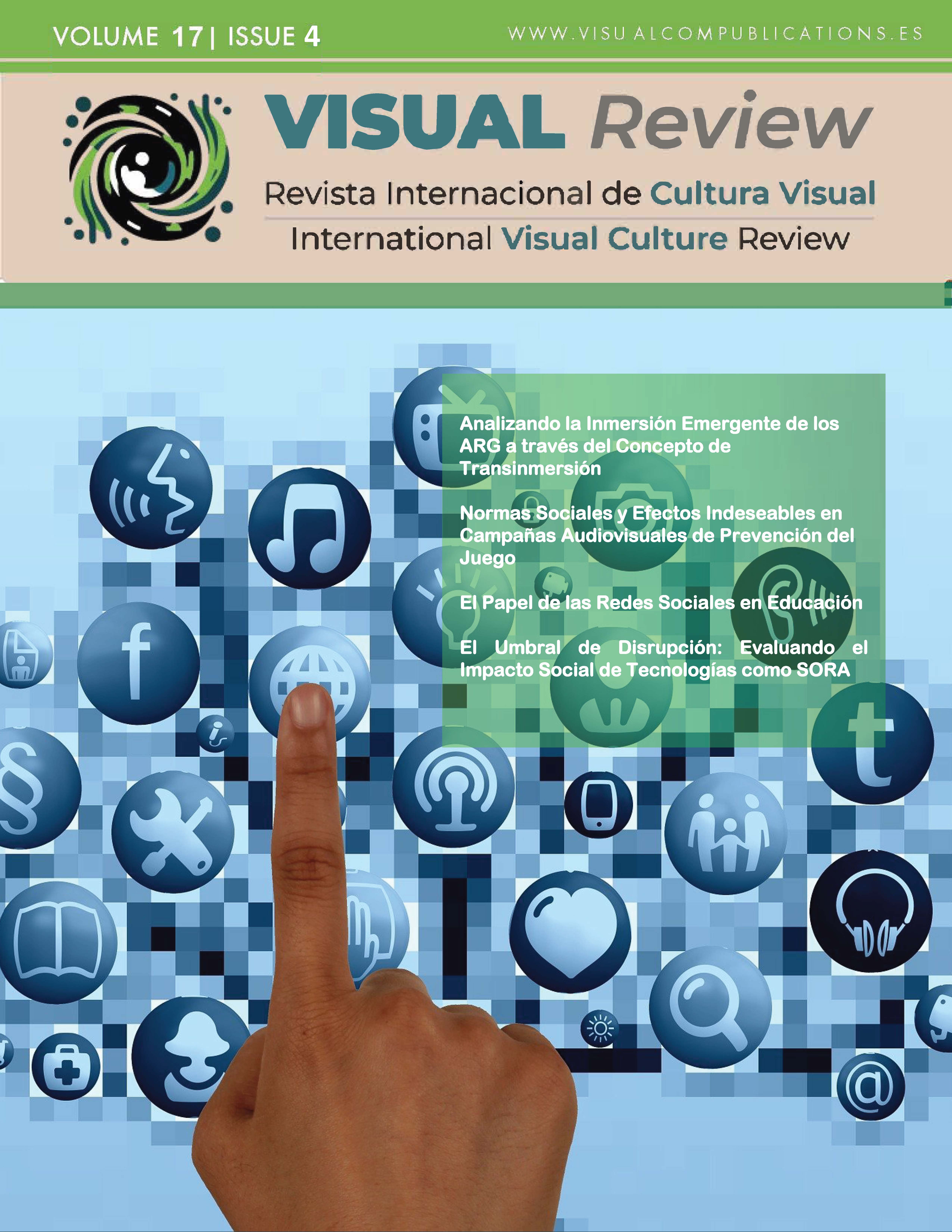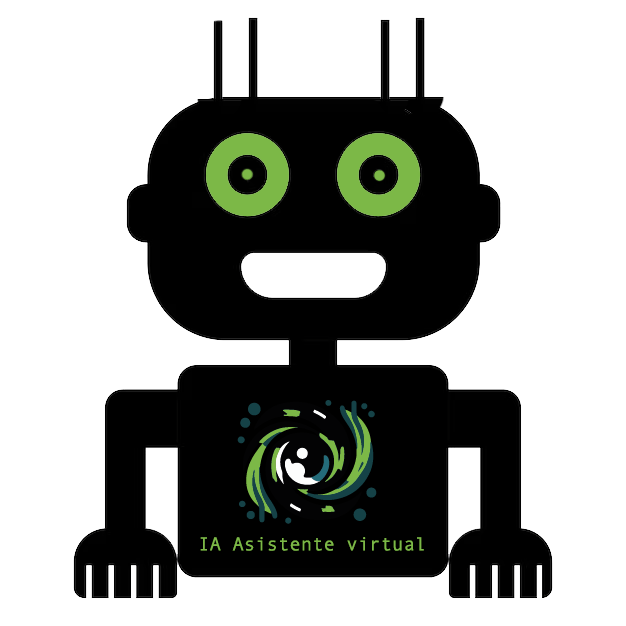The Lost Identity
A Study from the Temporal Atomization of Social Networks
DOI:
https://doi.org/10.62161/revvisual.v17.5913Keywords:
Instant, Time, Vital continuity, Social media, IdentityAbstract
The human being is time. Temporality is our vital asset. The study of temporality appears to be inevitable if we want to fully understand any human reality. The aim is to expose the impact that the atomized conception of time typical of social networks such as TikTok or Instagram has had on young people in the construction of their individual identity. Starting from the bergsonian conception of time as vital continuity, we will see how the disintegration of temporal continuity and the absolutization of the instant have generated a disintegration of identity and a lack of meaning.
Downloads
Global Statistics ℹ️
|
468
Views
|
209
Downloads
|
|
677
Total
|
|
References
Alvira, R. (2001). Filosofía de la vida cotidiana. Rialp.
Alvira, R. (2006). Integración y desintegración del tiempo en la persona y en la sociedad actuales, en Alvira, R., y Ghiretti, H. (eds.). La experiencia social del tiempo. Eunsa.
Alvira, R. (1999). Sobre las ventajas de la muerte para la vida, pp. 221-226, en Thémata. Revista de filosofía. Núm 21.
Alvira, R. y Hurtado, R. (2023). Oikía y Polis. La familia raíz y alma de toda sociedad. Eunsa.
Aristóteles. (1985). Ética nicomáquea, ética eudemia. Gredos.
Bachelard, G. (1999). La intuición del instante. Fondo de Cultura Económica.
Baiget, J. (2023). El culto a las minorías: la degradación del bien común, el consenso y la absolutización de la libertad. Una génesis filosófica de la izquierda actual, en Anchústegui, L., y Lázaro, M. (eds). La ideología liberal de la nueva izquierda del siglo xxi: la alienación «progre» de una tradición clásica. Dykinson.
Bergson, H. (2006). Ensayo sobre los datos inmediatos de la conciencia. Sígueme.
Bergson, H. (2010). Materia y memoria. Cactus.
Chacón, P. (1988). Bergson. Cincel.
Fazio, M. (2023). Kierkegaard. Una introducción. Rialp.
Granados, J. (2012). Teología del tiempo. Ediciones Sígueme.
Heidegger, M. (2003). ¿Qué es Metafísica?. Editorial Renacimiento.
Heidegger, M. (2012). Ser y tiempo. Trotta.
Inciarte, F. (2004). Tiempo, sustancia, lenguaje. Ensayos de metafísica. Eunsa.
Kierkegaard, S. (2013). El concepto de la angustia. Alianza Editorial.
Kierkegaard, S. (2008). La enfermedad mortal. Trotta.
Kierkegaard, S. (2007). O lo uno o lo otro. Un fragmento de vida II. Trotta.
Köhler, A. (2018). El tiempo regalado. Un ensayo sobre la espera. Libros del Asteroide.
Laín, P., (1984). La espera y la esperanza. Alianza Editorial.
Moreno, L. F., (2002). Martin Heidegger. Edaf.
Nietzsche, F. (1997). Así habló Zaratustra. Alianza Editorial.
Rodríguez, R. (1994). Heidegger y la crisis de la época moderna. Ediciones pedagógicas.
Ros, J. (2022). La enfermedad del aburrimiento. Alianza Editorial.
Schweizer, H. (2010). La espera. Melodías de la duración. Sequitur.
Vidal, C., Lhaksampa, T., Miller, L., & Platt, R. (2020). Social media use and depression in adolescents: a scoping review. International Review of Psychiatry, 32(3), 235–253. https://doi.org/10.1080/09540261.2020.1720623
Downloads
Published
How to Cite
Issue
Section
License
Copyright (c) 2025 Authors retain copyright and transfer to the journal the right of first publication and publishing rights

This work is licensed under a Creative Commons Attribution-NoDerivatives 4.0 International License.
Those authors who publish in this journal accept the following terms:
-
Authors retain copyright.
-
Authors transfer to the journal the right of first publication. The journal also owns the publishing rights.
-
All published contents are governed by an Attribution-NoDerivatives 4.0 International License.
Access the informative version and legal text of the license. By virtue of this, third parties are allowed to use what is published as long as they mention the authorship of the work and the first publication in this journal. If you transform the material, you may not distribute the modified work. -
Authors may make other independent and additional contractual arrangements for non-exclusive distribution of the version of the article published in this journal (e.g., inclusion in an institutional repository or publication in a book) as long as they clearly indicate that the work was first published in this journal.
- Authors are allowed and recommended to publish their work on the Internet (for example on institutional and personal websites), following the publication of, and referencing the journal, as this could lead to constructive exchanges and a more extensive and quick circulation of published works (see The Effect of Open Access).













